Iceland is truly a unique island! From its exceptional geographical location to the richness of its landscapes, here is a collection of major natural sites and iconic tourist attractions. This includes glaciers, beaches, fjords, and geothermal areas to explore enthusiastically.

Southeast of Iceland
This permanent ice mass spans 8000 square kilometers and forms ice caves in winter. It harbors active volcanoes beneath its surface.
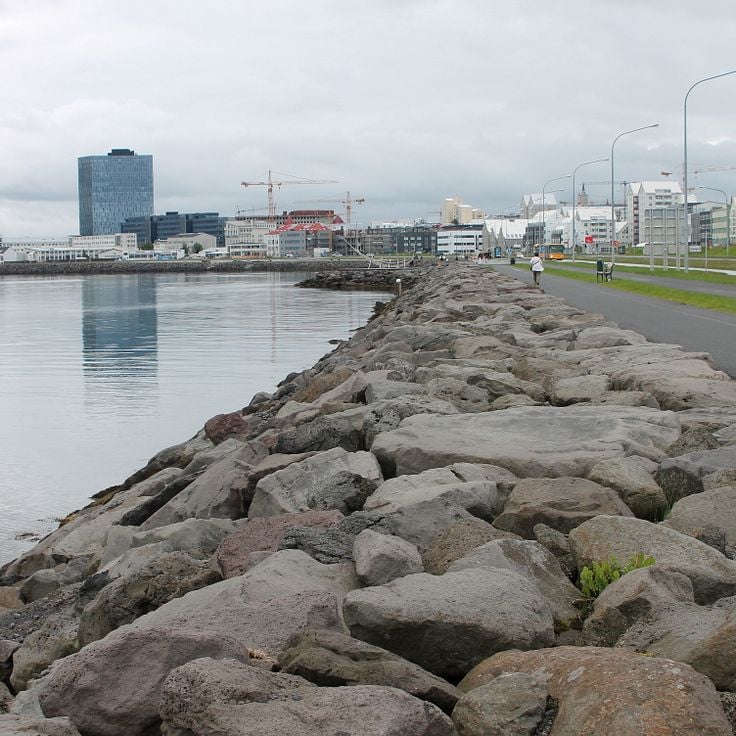
Reykjavik waterfront, Iceland
A monument created in 1990 by Jón Gunnar Árnason, consisting of 9-meter high stainless steel pillars forming the silhouette of a Viking ship.
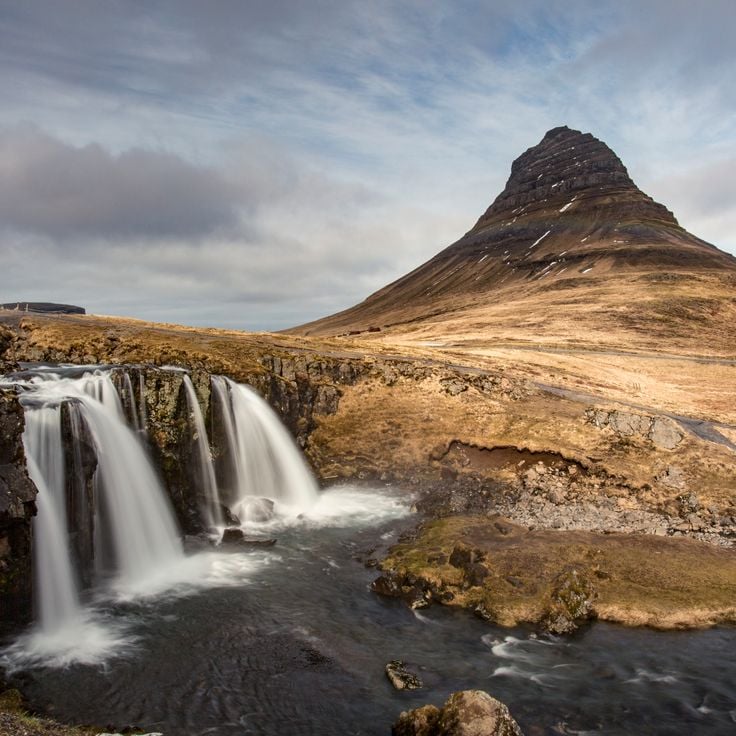
Grundarfjörður, Iceland
A conical peak, 463 meters high on the Snæfellsnes peninsula, formed from sedimentary layers 8 million years old.
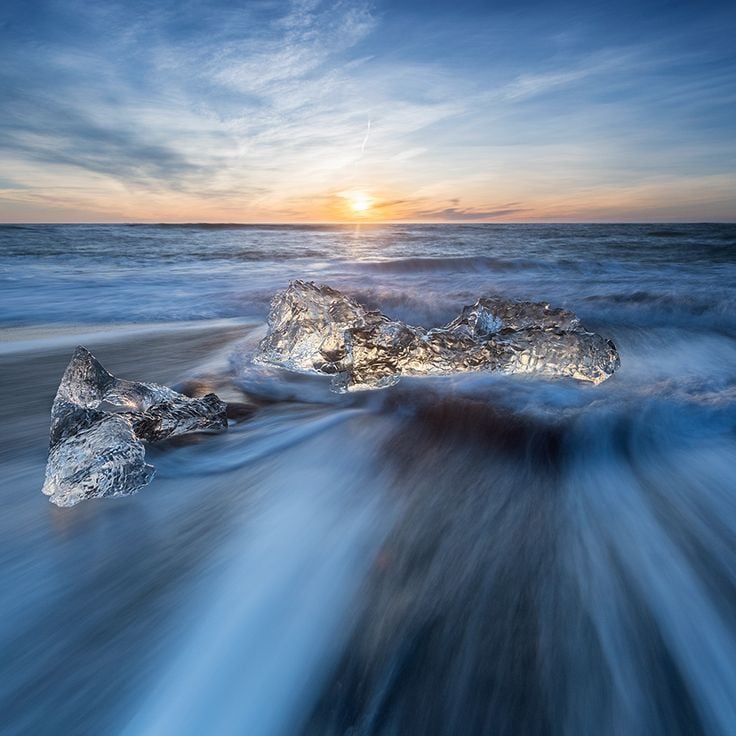
Hornafjörður, Iceland
Coastal area where chunks of ice are deposited on the black volcanic sand. The blocks of ice come from the Jökulsárlón glacial lagoon.
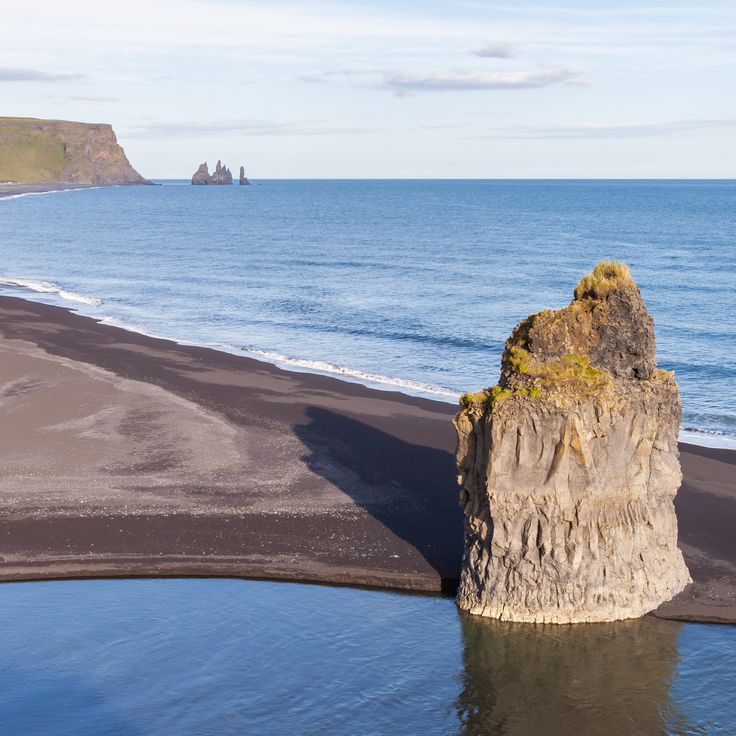
Vík í Mýrdal, Iceland
Volcanic black sand coastline, bordered by hexagonal basalt cliffs and natural caves. The Reynisdrangar rock columns rise from the ocean.
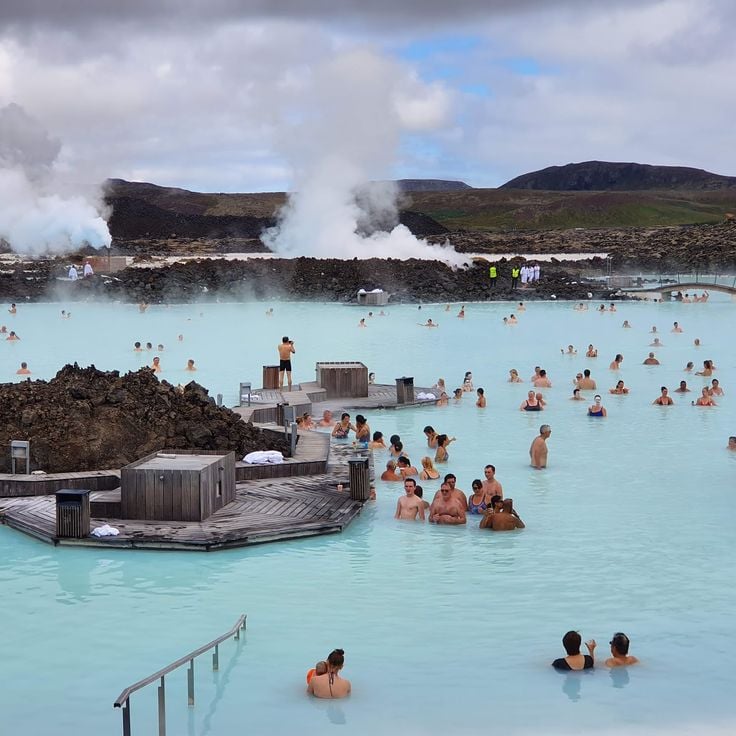
Grindavík, Iceland
Modern thermal center in a black volcanic landscape with natural mineral waters at 38 degrees, used for body treatments.
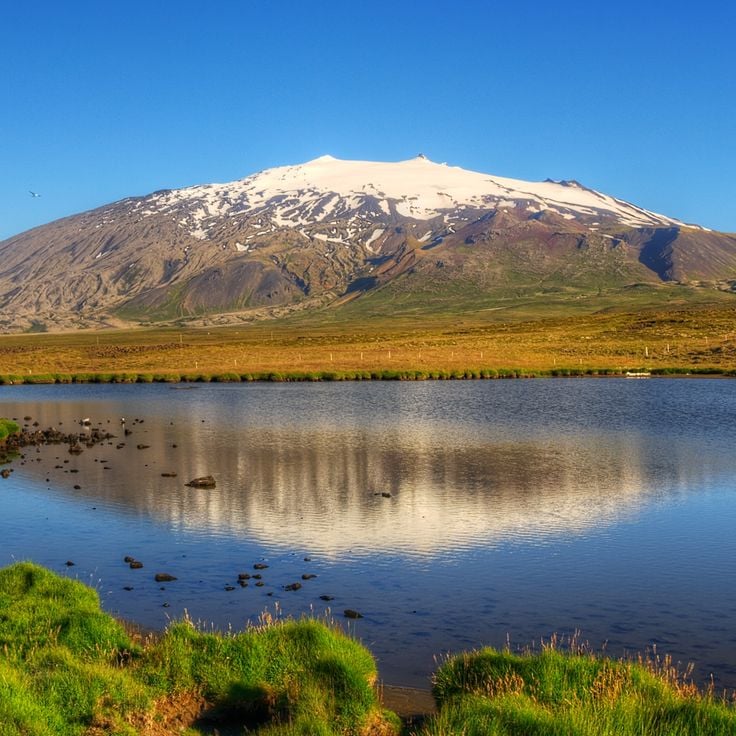
Snæfellsnes, Iceland
Ice cap at 1446 meters altitude covering a volcano dormant for 1750 years. The glacier comprises two peaks and extends over 11 square kilometers.
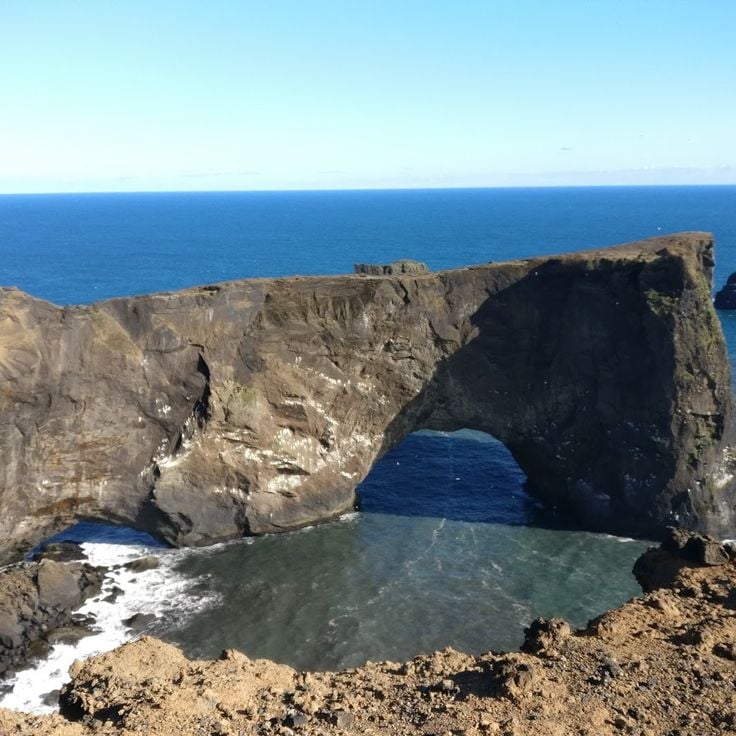
Vík í Mýrdal, Iceland
Volcanic cape 120 meters high overlooking the Atlantic Ocean. The natural arch carved into the rock allows boats to pass through.
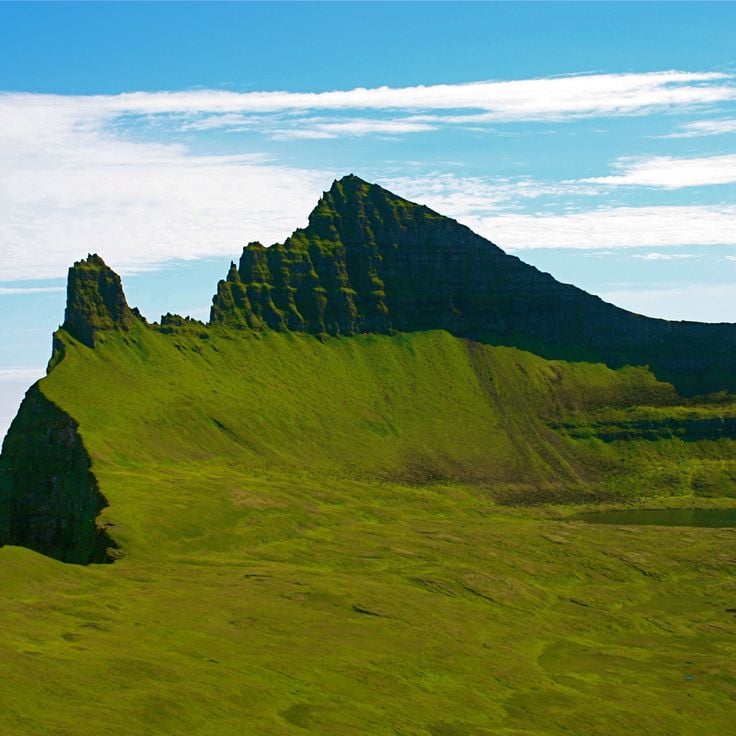
West Fjords, Iceland
Wild territory uninhabited since 1950, home to arctic foxes, seabirds, and seals. Mountains, cliffs, and fjords make up this Nordic landscape.

North of Iceland
Geological site with craters, caves, lava fields, and natural hot springs surrounding a lake of four square kilometers.
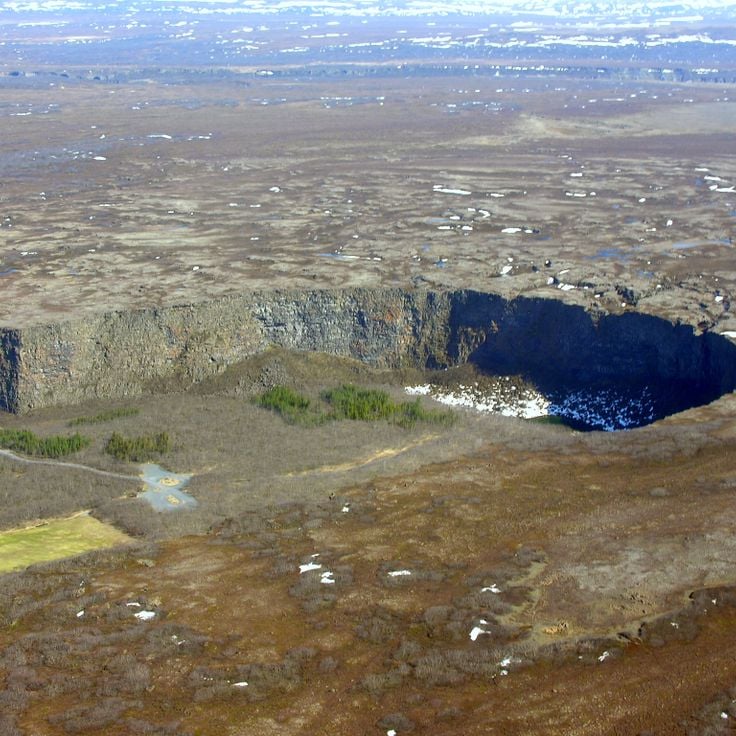
Northeast of Iceland
Geological formation three kilometers long shaped by repeated glacial floods several thousand years ago. The cliffs reach one hundred meters in height.
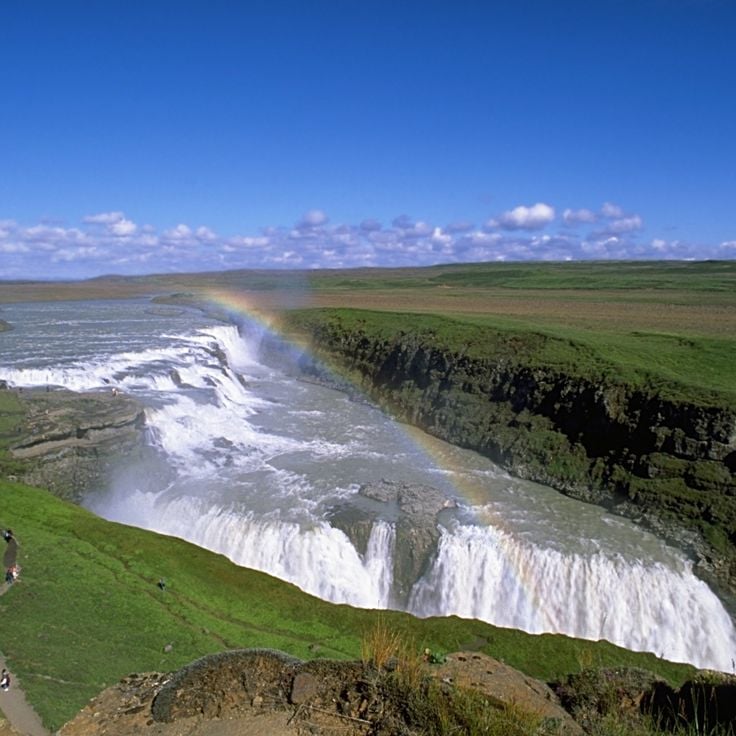
Southwest of Iceland
Natural waterfall formed by two successive tiers in a glacial canyon, with a total height of 32 meters on the Hvítá river.
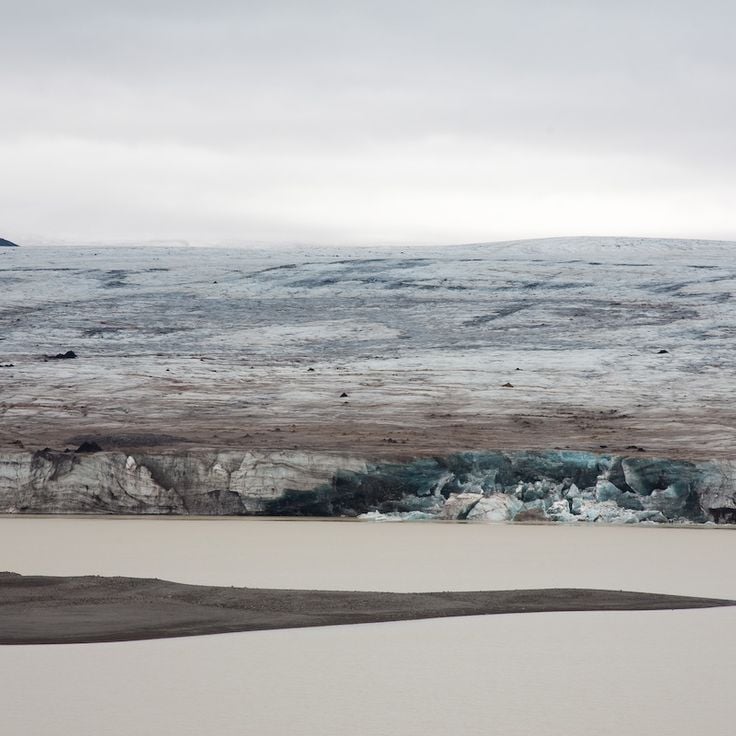
Central Iceland
This 953 km² ice mass houses a man-made cave. The constructed tunnels allow exploration inside the glacier where an ice chapel is located.

Port of Reykjavik, Iceland
Cultural complex by the sea, inaugurated in 2011, with a colored glass facade, hosting the symphony orchestra and conferences.
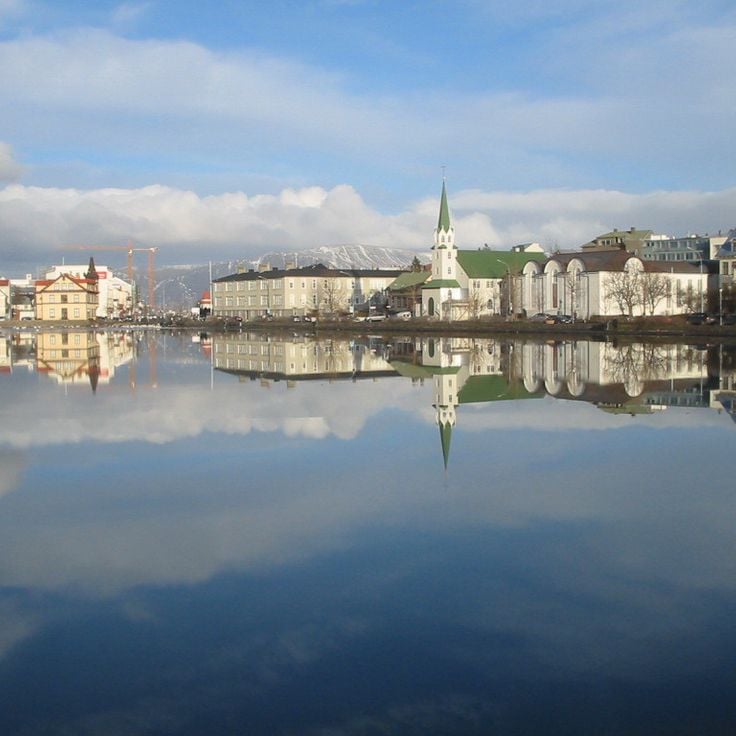
Center of Reykjavik, Iceland
Natural water body located in the heart of Reykjavik, surrounded by the city hall and official buildings. Ducks and swans inhabit its shores.
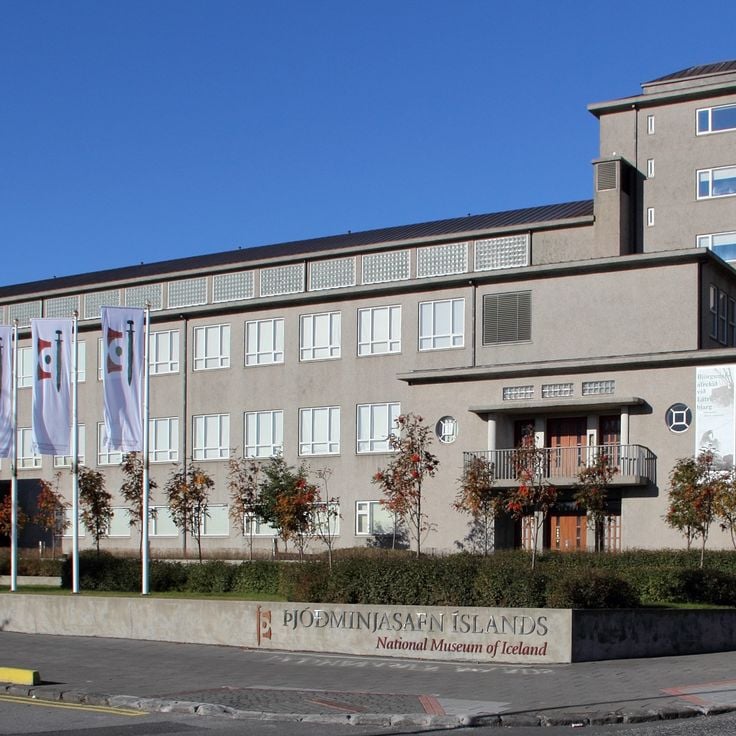
Reykjavik, Iceland
Institution showcasing archaeological, craft, and ethnographic objects from the Viking settlement to present day, including medieval manuscripts and religious artifacts.
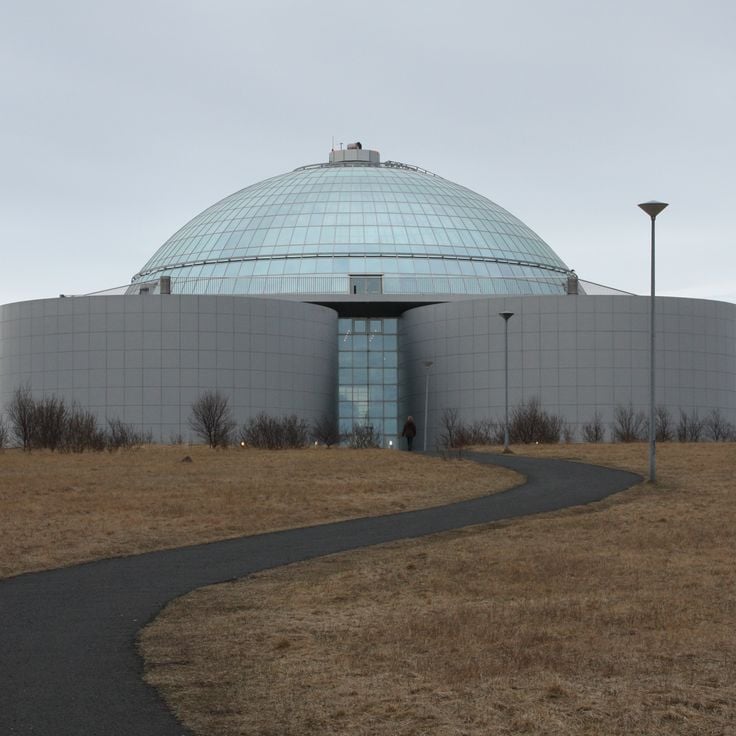
Reykjavik, Iceland
Dome-shaped building constructed atop geothermal hot water tanks, featuring an exhibition on Icelandic nature and an artificial ice tunnel.
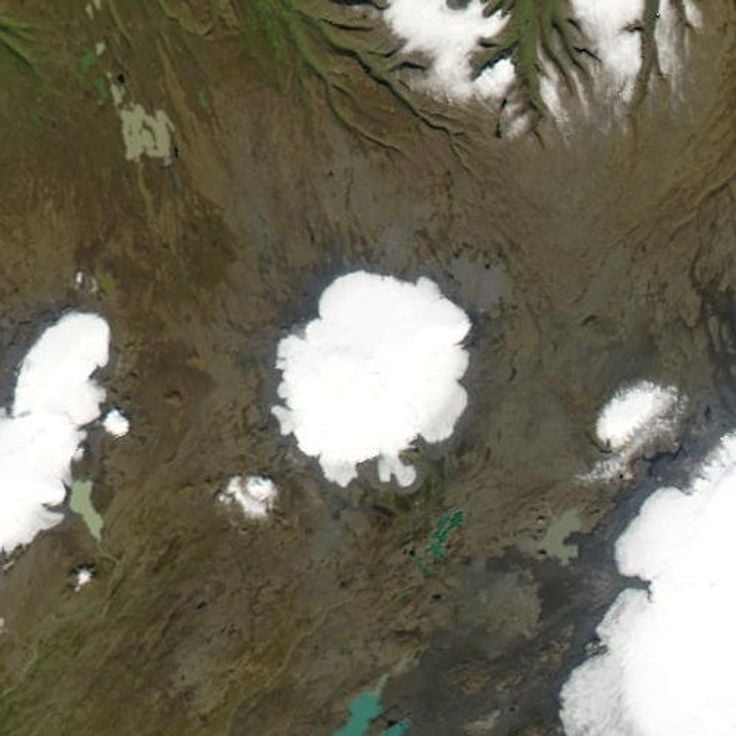
Highlands, Iceland
The glacier covers an area of 925 square kilometers in central Iceland and forms an ice cap over an active volcano at 1765 meters altitude.
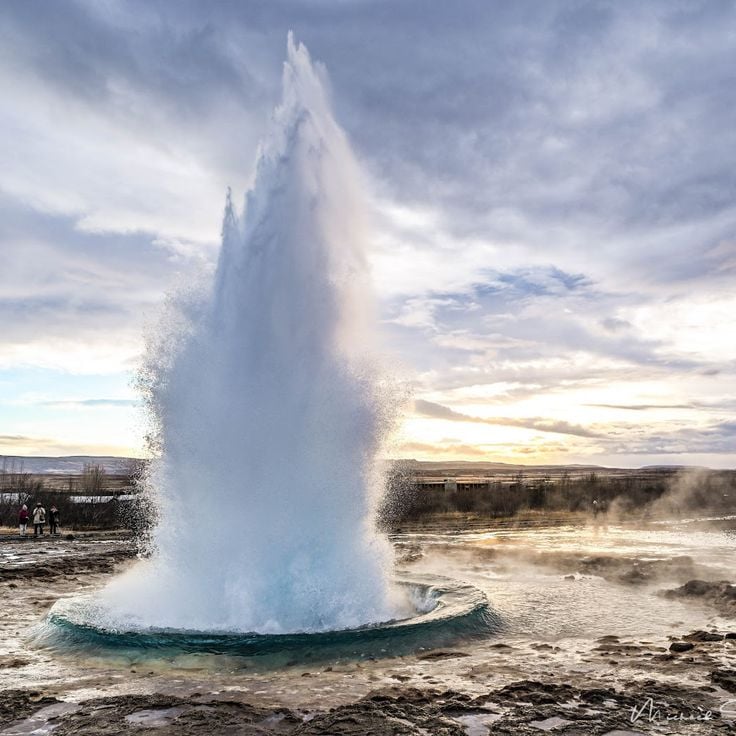
Southwest of Iceland
Hot spring that erupts a natural fountain of water at regular intervals of 5 to 10 minutes, reaching a maximum height of 30 meters.
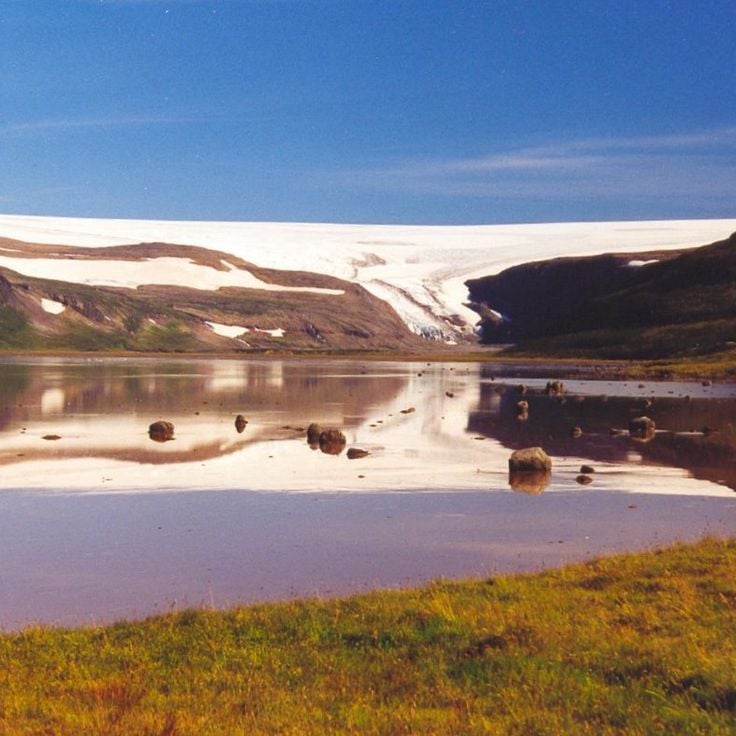
West Fjords, Iceland
This ice cap at 915 meters high covers 160 square kilometers in the north of the west fjords. Its maximum thickness reaches 200 meters.
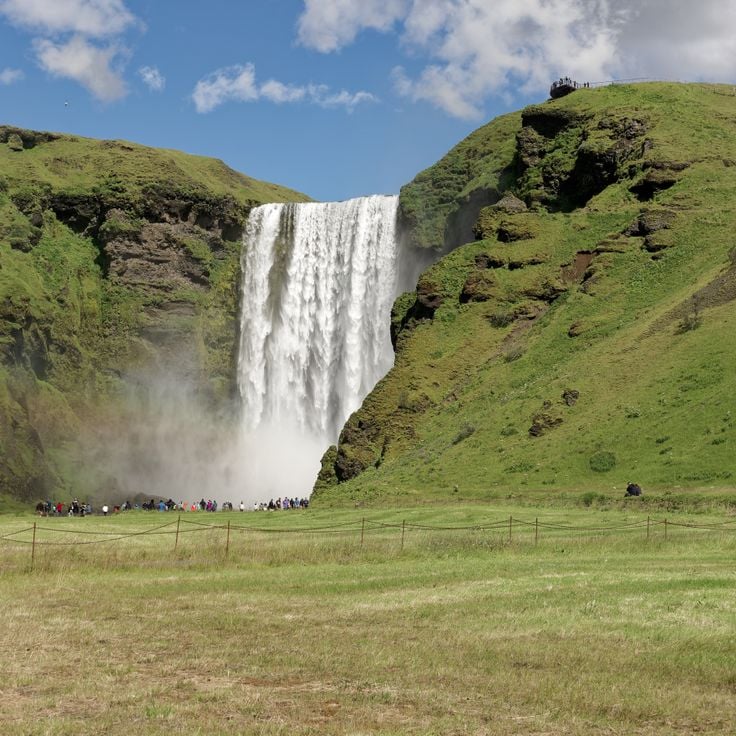
South of Iceland
This vertical waterfall 25 meters wide falls from a height of 60 meters, casting a spray visible from kilometers away.
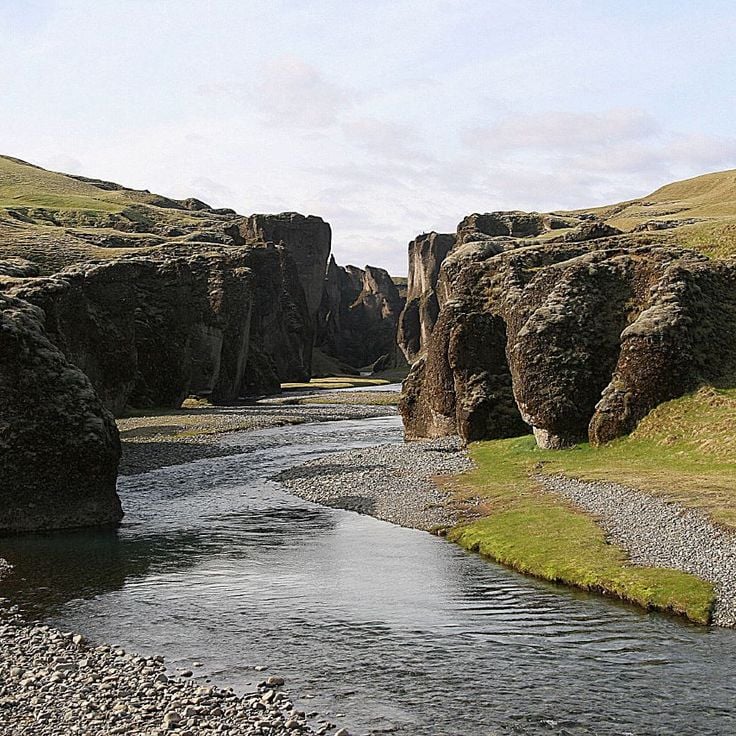
South of Iceland
Geological formation two kilometers long with 100-meter high vertical walls where the Fjaðrá river runs in a narrow gorge.
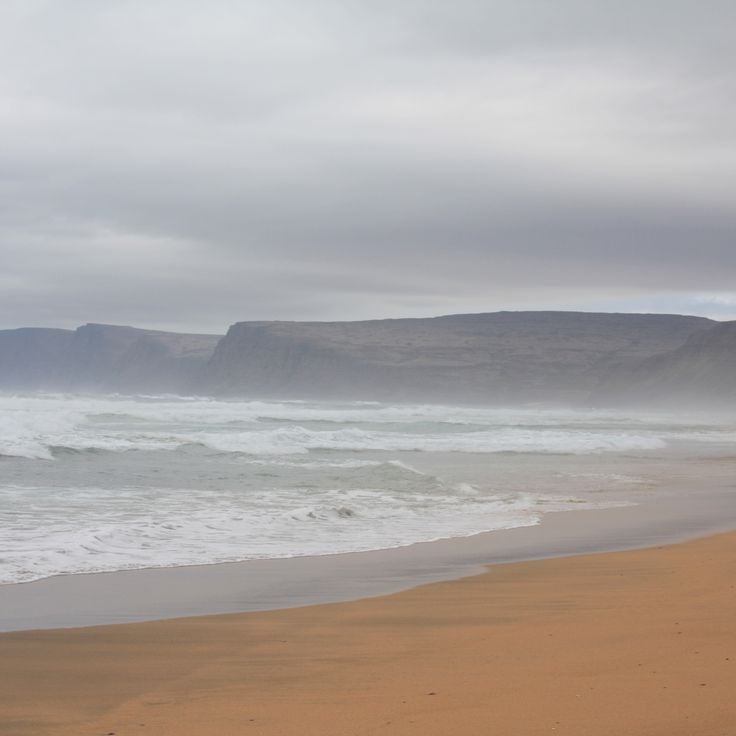
West Fjords, Iceland
This 10-kilometer long beach features reddish, orange, and golden sands from crushed shells. Seals frequent its waters.

Central Iceland
The Kerlingarfjöll mountains rise to 1477 meters. They host hot springs and mineral deposits in orange, red, and yellow hues.

Reykjavík, Iceland
Lutheran religious building constructed between 1945 and 1986 in concrete, with a monumental facade and a 74-meter tower visible from downtown.
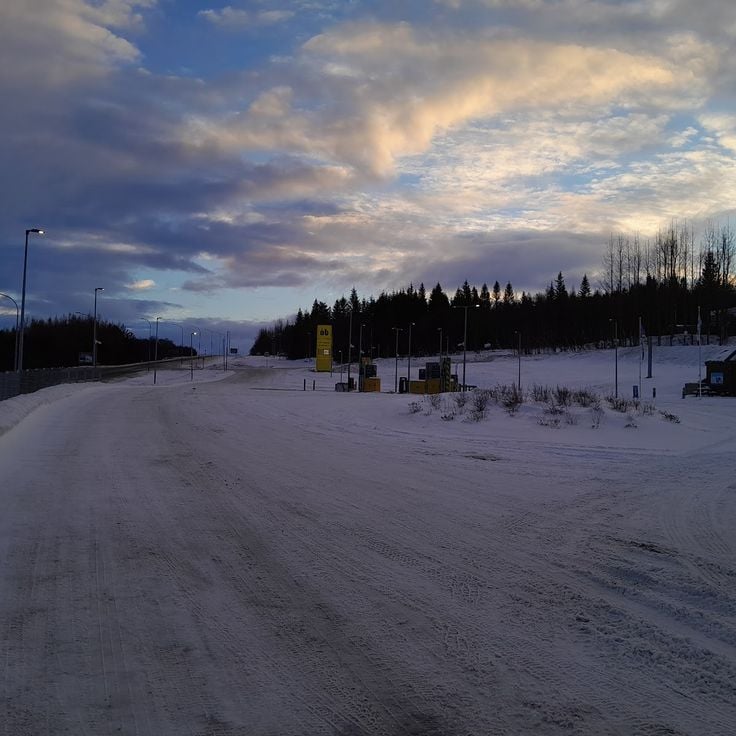
Iceland
Main road in Iceland that completely circles the island via the coasts over a distance of 1332 kilometers.
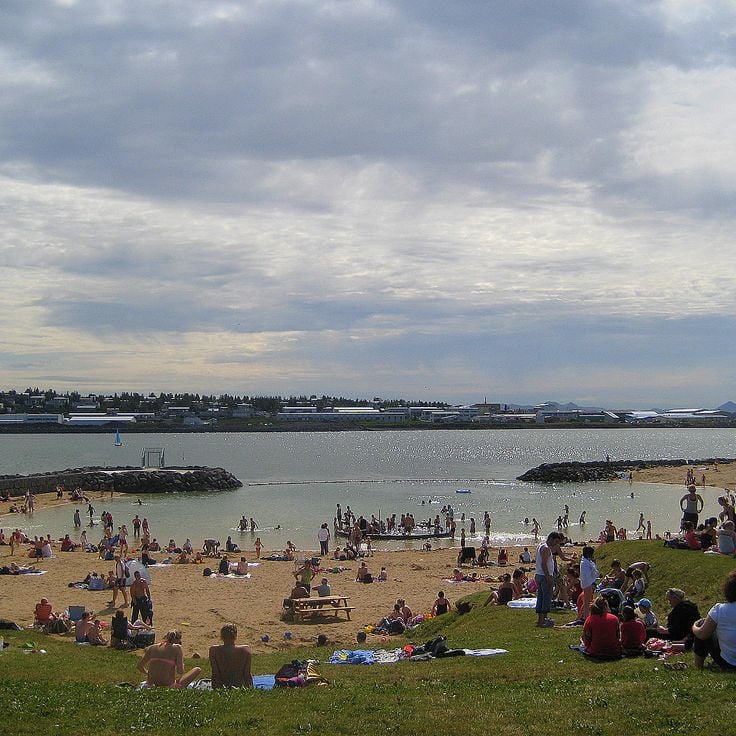
Reykjavík, Iceland
This artificial beach features a marine lagoon with controlled temperature, outdoor hot tubs and changing facilities. The water reaches 15 to 19 degrees in summer.
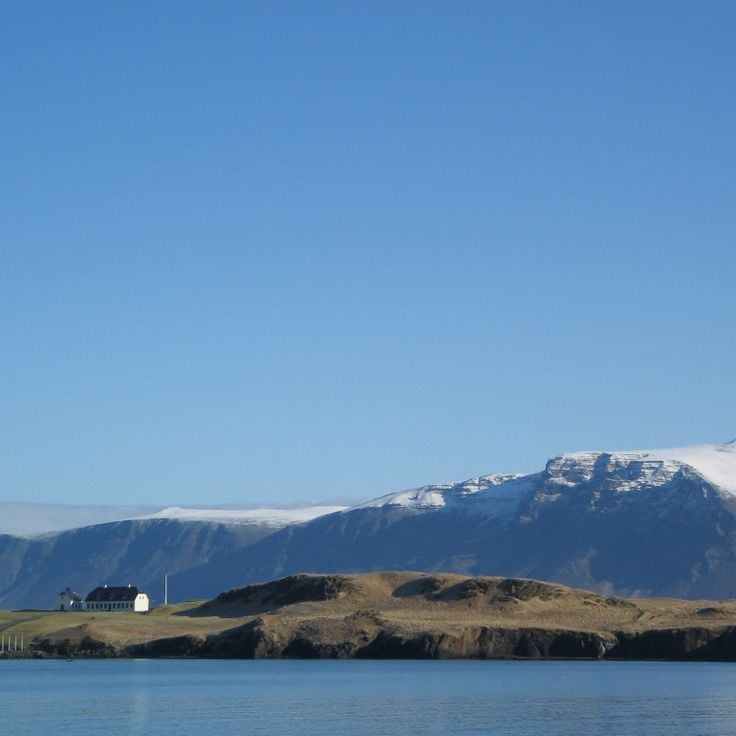
Reykjavík Bay, Iceland
Accessible by ferry, this area offers monumental sculptures, 18th-century buildings, and hiking trails along rocky shores.
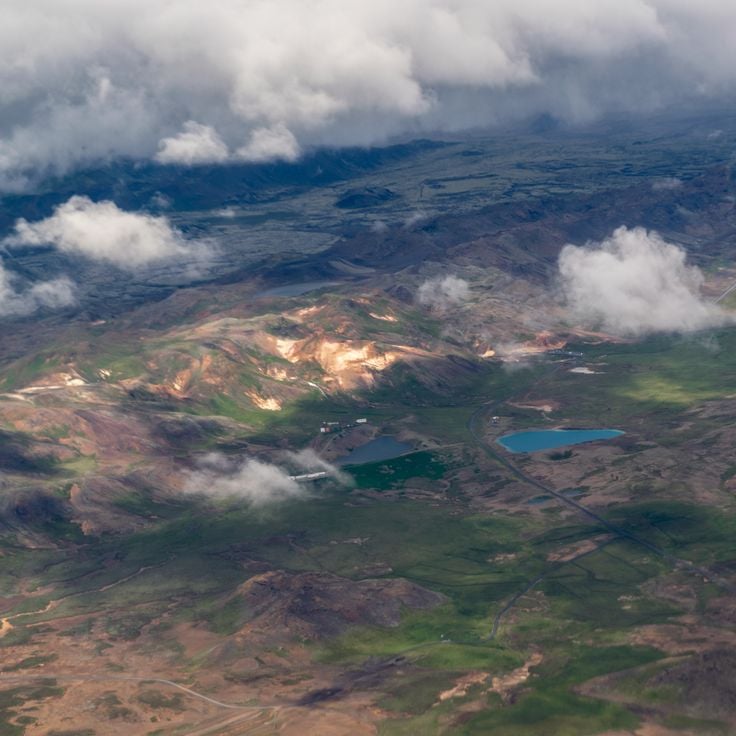
Reykjanes Peninsula, Iceland
Active volcanic zone with hot springs, mud pools, and fumaroles emitting sulfur vapors. Trails have been laid out to observe geothermal phenomena.

South of Iceland
Glacier front 15 km wide stretching over 30 km from Vatnajökull. Meltwaters form a sandy plain crossed by rivers.

Southeast of Iceland
Glacial lake at the foot of Vatnajökull where ice blocks from Fjallsjökull break off and float on the water's surface.
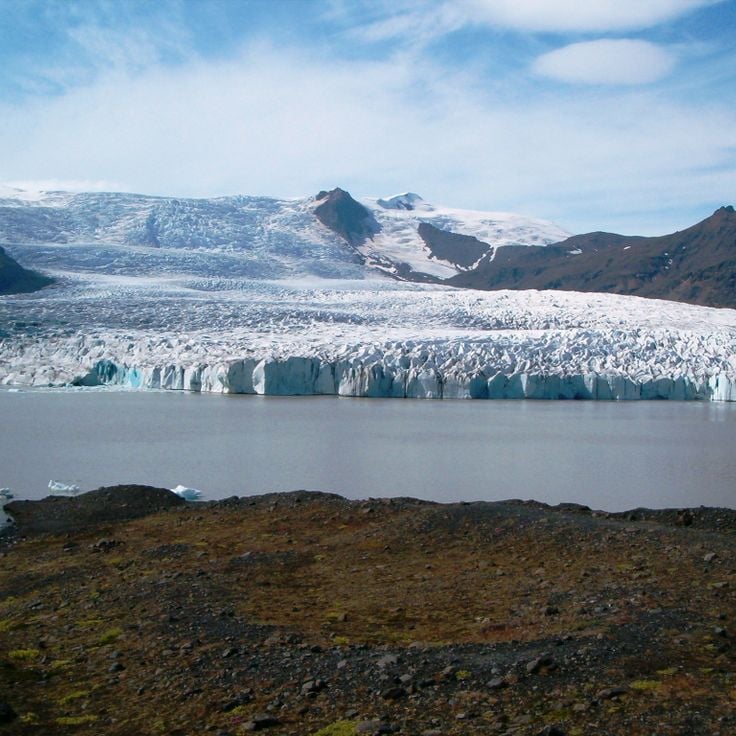
Southeast of Iceland
Glacial water body located in a valley between two lakes. Icebergs float on the surface, broken off from Breiðamerkurjökull glacier.
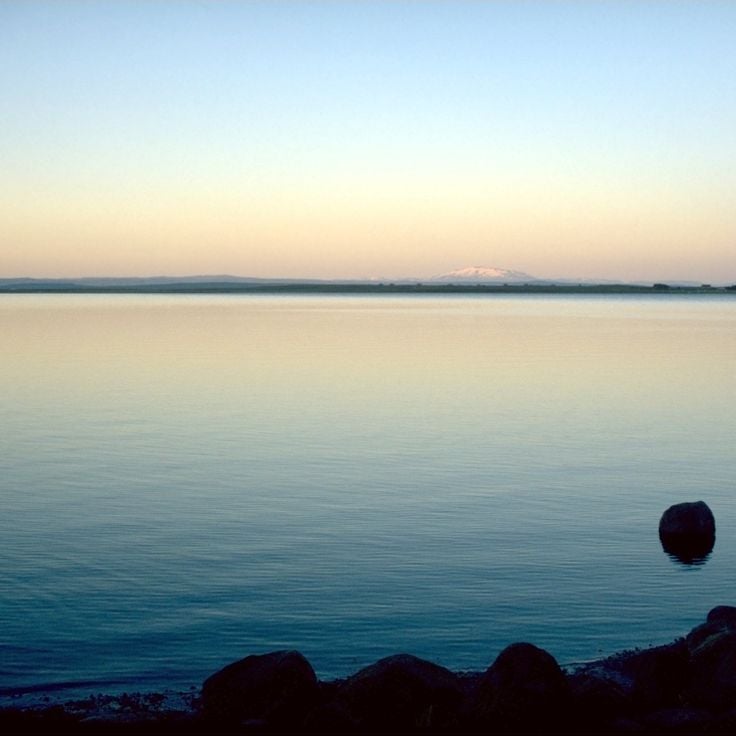
Southeast of Iceland
Glacial lake located at the foot of Vatnajökull, Europe's largest glacier. The lake’s waters reflect the surrounding mountains and ice blocks.

South of Iceland
Extension of the Vatnajökull glacier with white and black ice walls. Volcanic ash strata draw patterns in the transparent ice.